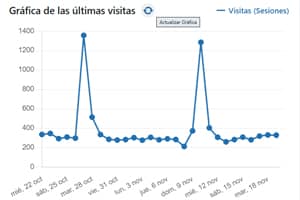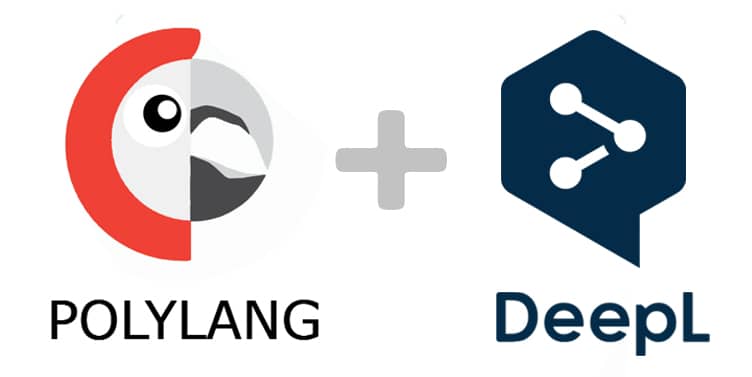
Polylang and DeepL
Just as other reviews of premium plugins or any other product warn of the existence of affiliate links, on this occasion there are none. What is written here is based solely on the experience of using these two tools combined in their free versions.
If you have ever considered trying to add a second or third language to your WordPress, you will already know that there are no magic automated solutions to do so. Still, there are plugins, many of them free, that make the job easier.
To build a multilingual blog you need to achieve two goals, preferably in this order.
1- Translate the structure of the blog, widgets and menus, taxonomies such as categories, tags, etc. Polylang will be used for this task.
2- The big one, the translation of the content of the posts and/or pages with the help of DeepL.
Polylang
Although there are different opinions about which is the best plugin for this, all of them have evolved a lot since their first versions, simplifying the task a lot. Perhaps the most widely used and cheapest for a single site, but also the most cumbersome and prone to create problems is WPML.
Another option that many point out as the best is MultilingualPress which opts for a different approach from a multisite. Instead of having one WP with several languages, it creates several WordPress instances with one language each. It was originally the most expensive (last year it cost $199 for a single site) but has lowered its standard version to $99, but can only be used for 3 languages and 1 WordPress Multisite
I have chosen Polylang in its free version because, without being the most complete, it is the lightest, simple to use and meets the minimum requirements.
Polylang also adds the hreflang attributes automatically to ensure that search engines recognise in which language your content appears and can show visitors the most appropriate version of the page according to their language or place of origin.
Just install it, follow a couple of steps in its wizard, perform some basic settings and start translating strings.
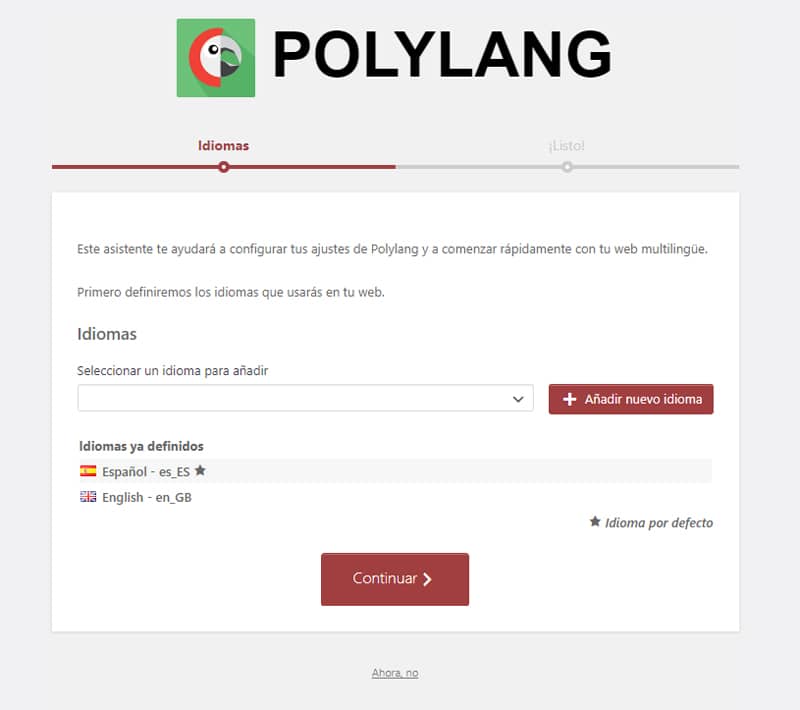
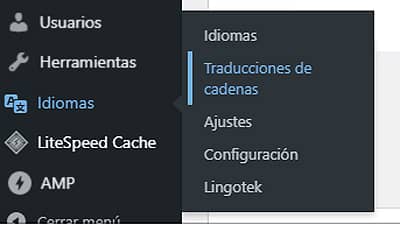
I'll skim over the Polylang configuration because there are a lot of reviews and tutorials very complete, in addition to the plugin's own documentation on the plugin's website. It's not much of a mystery either.
Its PRO version is a bit expensive (99 euros) at least for the first year, in the following renewals you pay 50%. Although in principle the extra options that it offers are not missed to begin with.
After setting the main language we can add as many languages as we need and start translating everything that the plugin allows us to do.

Once everything is as it should be, the real work begins. Translating the content.
Polylang adds this new option in the editor of the entries. Pressing that + symbol next to the flag will create the empty version of the page in the selected language, with its corresponding new language url /en/, English in this case, so you can start adding the translation.
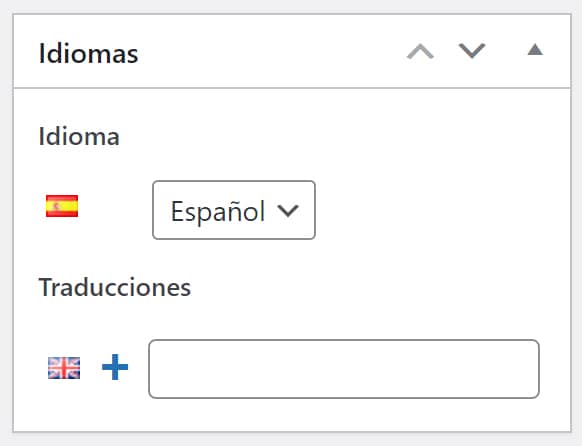
There is no plugin that does a massive translation of all your content for free and with one click. Some people use Google Translate or other online translators, but we already know the result. Calling what Google Translate does a translation should be a criminal offence.
Some add-ons offer per-character or per-word volume plans through various in-house or third-party professional translation services. The best option will always be the work done by a professional human translator.
But what this is all about is that you add the translation yourself, provided you know the language well enough to be able to make the necessary corrections afterwards and to be able to adapt colloquial language, slang, local idioms and so on to the new language.
Pause, this is where DeepL comes in.


